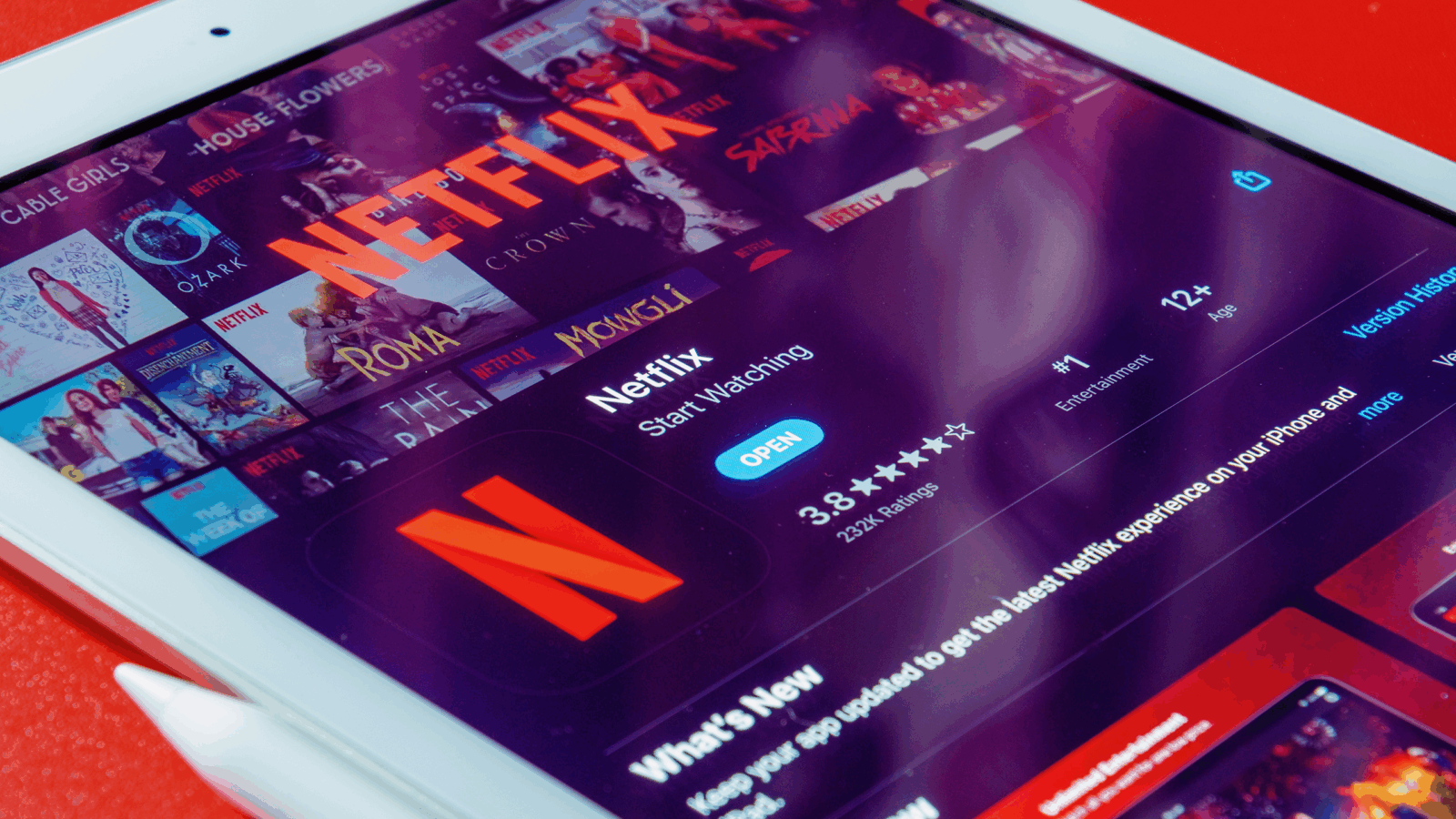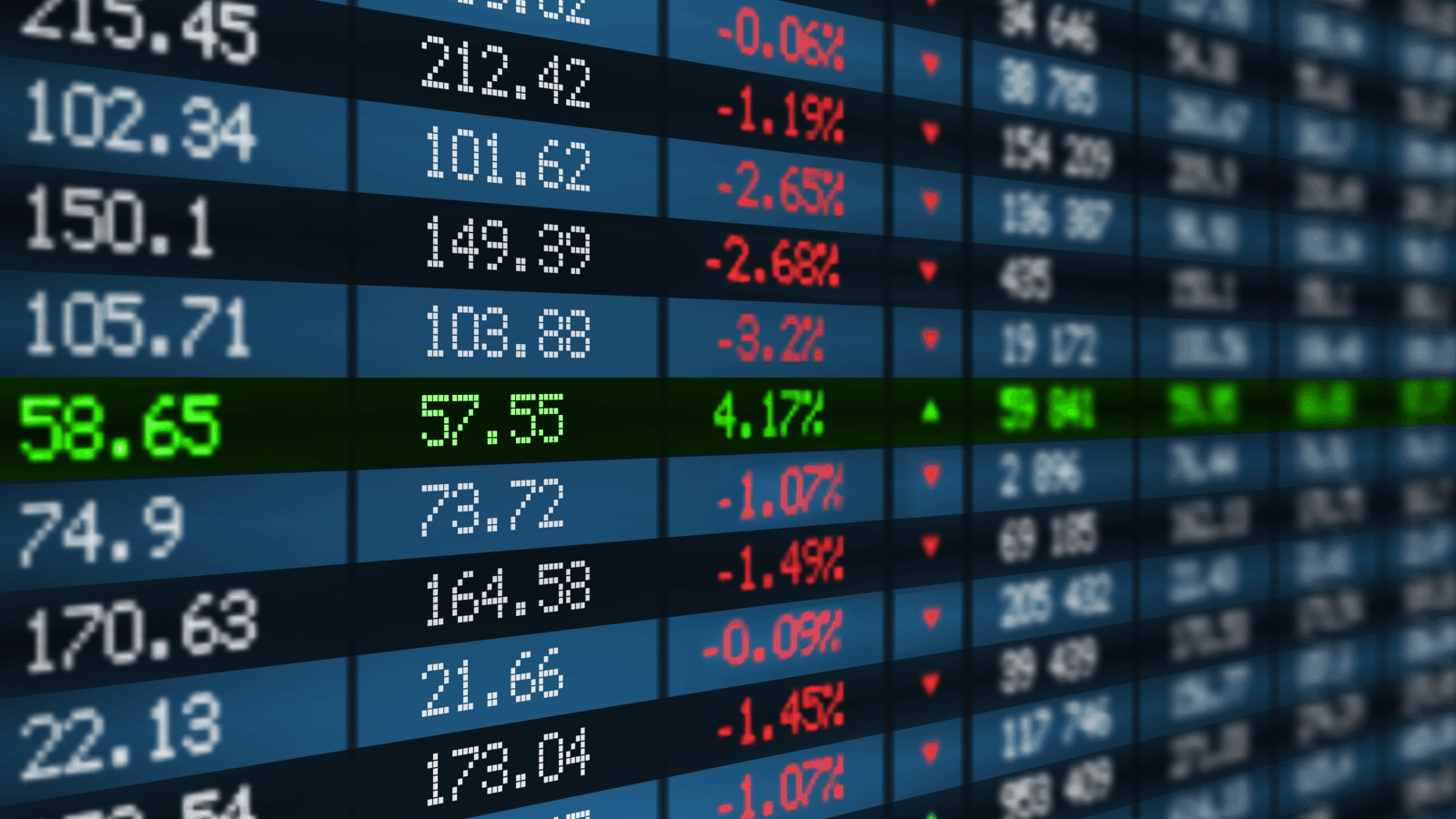Good morning and happy Memorial Day.
This year, you may want to stick to chicken and fish at your holiday cookout.
That’s because beef prices have soared to a multi-decade high. The average price of a pound of ground beef rose to $5.80 per pound in April, according to the most recent data from the Bureau of Labor Statistics. That’s up 50% in the past five years, and comes as the FDA warns that US cattle herds are falling to their lowest levels in 70 years due to a years-long drought scorching grazeable land. On second thought, at these prices you may as well upgrade from burgers to ribeyes.
Magnificent Seven Burns Short-Sellers as Goldman Banks on a Comeback
The Magnificent Seven, like their namesake in the 1960 movie, saved the village – aka Wall Street – in 2024, and, as in the original, the cost to the group has been high.
The Roundhill Magnificent Seven ETF — which offers equal exposure to Apple, Microsoft, Amazon, Alphabet, Meta, Nvidia, and Tesla — is down nearly 7% this year. But reports last week showed how betting against these titans could go painfully wrong.
Comeback in Business
There’s little mystery behind the Magnificent Seven’s choppy start to 2025. The companies have been weighed down by an unholy economic trinity: tariffs, AI disruption, and antitrust claims.
In the case of tariffs, Apple and Amazon, in particular, are exposed to levies on supply chains in Asia, set to kick in via the Trump administration’s “reciprocal” tariffs in the coming weeks. In the case of AI disruption, a breakthrough by Chinese AI startup Deepseek raised the appeal of Chinese tech firms, which trade at lower price-to-earnings ratios than their US counterparts: Goldman Sachs analysts wrote in a note last week that hedge funds cut their Magnificent Seven exposure in the first quarter while upping their exposure to US-listed Chinese companies, with Alibaba, Baidu, and PDD among the most popular. Finally, in the case of antitrust, Meta and Alphabet are facing heated scrutiny from regulators in the US and Europe: In March, for example, the Department of Justice called on Alphabet’s Google to separate its search and advertising businesses.
On the other hand, it takes more than one, two, or even three punches to bring down a heavyweight, which analysts have been careful to note:
- Following a $1 trillion wipeout after Trump’s April 2 “Liberation Day” announcement of global tariff plans, the Magnificent Seven have recovered their losses and even outperformed the broader market in the past month: The Roundhill Magnificent Seven ETF is up 16.7% and the S&P 500, which has also recovered from a Liberation Day selloff, is up 7.8%. An analysis by S3 Partners found that investors who bet against US stocks saw the value of their short positions fall $257 billion from April 8 to May 20, with the Magnificent Seven driving a disproportionate $35.8 billion of the change.
- In another Goldman note last week, the bank’s analysts wrote they “expect that superior earnings growth will drive the Magnificent 7 to outperform the other 493 stocks in the S&P in 2025, but by a smaller magnitude than in recent years. They pointed out that earnings-per-share growth in 2025 has soared 28% for the Mag Seven, compared to just 9% for the S&P 493.
Back to Square One: Goldman noted that because of the group’s earnings overperformance, which it said was the largest since 2021, consensus 2025 earnings estimates “are roughly in line with where they began the year.” As the short-sellers who saw their positions eroded learned, you bet against markets at your peril. Or as S3 Partners’ Ihor Dusaniwsky put it: “Shorts felt like Marie Antoinette after Bastille Day when looking at their post-Liberation Day profit & loss statements.”
“You Have An Unpaid Toll”
You’ve probably gotten that text and felt a wave of panic: Did I actually forget to pay a toll? You’re not alone.
More often than not, it’s a scam … maybe from that “free vacation” form you filled out months ago. Scammers are getting more sophisticated, using creative schemes to hijack your personal data and sell it on shady corners of the internet.
That’s where Incogni comes in. Their automated service tracks down your exposed personal info and removes it from sketchy data broker sites.
Cut off the scam at the source (and maybe give your grandma a heads-up while you’re at it). Daily Upside readers get 55% off an annual plan with code THEDAILYUPSIDE.
Netflix Should Thank Hollywood for Half-Trillion Dollar Market Cap

Netflix’s market cap is now equal to the number of shows on its platform that you once swore to watch but now have all but forgotten: around half a trillion.
The streamer crossed the landmark threshold last week. It should be thanking some of the biggest and most influential media executives around town, who spent the better part of the past decade helping propel the industry disruptor to its global titan status.
Licensing to Kill
Today, more than half the library offered to its 301 million global subscribers consists of Netflix original productions. But before it became a production powerhouse, the streamer relied on content made by its ostensible rivals — all of whom were happy to score licensing deals before antsy shareholders demanded they launch Netflix-like streaming services of their own.
In effect, the cable-dependent legacy media players were helping to sharpen the Netflix-issued cord-cutting clippers:
- In 2011, near the peak of the cable pay-TV business and when Netflix had only around 21 million streaming subscribers, both CBS and NBCUniversal began licensing many of their most popular shows to be instantly available on Netflix after their seasons aired — introducing the world to “binge-watching” multi-season sitcoms like The Office and How I Met Your Mother. The current market caps of parent companies Paramount and Comcast: about $8.5 billion and $129 billion, respectively.
- In 2012, Disney signed a multi-year licensing agreement to bring its latest theatrical films to Netflix; that deal ran from 2016 until 2019 when Disney launched Disney+. During that time, Netflix saw its subscriber count increase from about 80 million to nearly 130 million, while Disney saw its all-important cable subscriber base start to erode. Disney’s current market cap is about $197 billion.
Now, after yanking much of their content from Netflix amid the Streaming Wars of the early 2020s, legacy media players are once again signing licensing agreements with Netflix. Consider it a waving of the white flag. In fact, according to Parrot Analytics, the return of licensed content has been a significant driver for Netflix in reducing dreaded subscriber churn.
Weight Watchers: Is half a trillion dollars a peak valuation for Netflix? Perhaps. JPMorgan analysts downgraded the stock from neutral to overweight last week. “To be clear, there’s no change to our long-term bullish view on NFLX’s streaming leadership position & the company’s potential to effectively become global TV over time,” the analysts wrote in a note to clients. “However, more near-term, following significant stock price appreciation & outperformance, we believe the risk/reward in NFLX shares is becoming more balanced.” In other words: Netflix may have topped out, for now, as just the global leader in entertainment.

This Nasdaq Stock Traded as High as $4.49 Last Week. You Can Invest for $3.50. One $3.50 investment unit can be converted into 2 shares in HeartSciences, a 500% upside potential based on analyst projections. Learn more and invest as HeartSciences brings AI to frontline heart diagnostics.*
COVID Vaccine Makers Catch a Break in FDA Policy Shift
Shares in prescription drugmaker Moderna have tumbled 37% this year, with declining COVID vaccine revenue and the appointment of vaccine skeptic Robert F. Kennedy Jr. to lead the US Department of Health and Human Services serving as more kick in the teeth than shot in the arm.
Last week, however, brought a sigh of relief for executives: US Food and Drug Administration officials laid out a new regulatory framework for COVID-19 vaccines, and analysts deemed the impact essentially “meh.”
Framework Fears
FDA Center for Biologics Evaluation and Research Director Dr. Vinay Prasad and FDA Commissioner Dr. Marty Makary explained the new regulatory framework for COVID jabs in the New England Journal of Medicine. In short, they said the FDA will continue to approve updated shots for seniors and high-risk adults but will require randomized and controlled trials before approving new shots for young people and all other adults.
While the new framework marks a shift from previous universal booster recommendations, it is “less restrictive than feared,” William Blair analyst Myles Minter wrote. In fact, Centers for Disease Control and Prevention data cited by Prasad and Makary shows that just under a quarter of the US population has been boosted each year. Their Journal of Medicine piece noted that 100 million to 200 million Americans will still be eligible for annual shots under the new framework, implying little to no change in the number of annual boosts. From a fiscal perspective, analysts viewed that as a mostly good sign for vaccine manufacturers:
- Commenting on Moderna’s much-larger and more diversified rival Pfizer, which has nevertheless fallen 12.1% this year, Guggenheim analysts wrote that the new framework basically affirms market trends, and that most people currently receiving COVID booster shots will remain eligible.
- There are still broader concerns: Moderna is counting on revenue from newer mRNA vaccines, including a next-generation COVID shot, to make up for falling sales, which were just $3.24 billion last year compared with a record $19.2 billion in 2022. Since his appointment, Kennedy has moved to heighten scrutiny of vaccines, something the HHS Secretary reiterated in a report last week, which could slow down approvals.
Already in Practice: Companies and regulators have, in some ways, already adjusted their practices based on the new administration’s policies. Last week, Moderna withdrew an application for approval of a combination COVID and flu vaccine to wait for data from a late-stage flu vaccine trial and said it doesn’t expect approval until 2026. The move was expected and considered a sign of heightened regulatory scrutiny. When the FDA approved a COVID-19 vaccine from Moderna and Pfizer competitor Novavax last week, following a month-long delay, it limited the decision to seniors and people with underlying health conditions, essentially mirroring the new framework announced by Prasad and Makary.
Extra Upside
- Blocking the Bloc, Biting the Apple: President Trump said he plans to slap 50% tariffs on all imports from the EU beginning July 9. He also warned that he might place a 25% levy on Apple and Samsung phones bought in the US.
- Economic Storm: Insurers are bracing after the National Oceanic and Atmospheric Administration predicted an unusually active hurricane season.
- Steeling Home: POTUS backs US Steel-Nippon Steel deal, calls it a “planned partnership” between the two firms.
Just For Fun
Disclaimer
*This is a paid advertisement for HeartSciences Regulation A+ offering. Please read the offering circular at https://invest.heartsciences.com/

